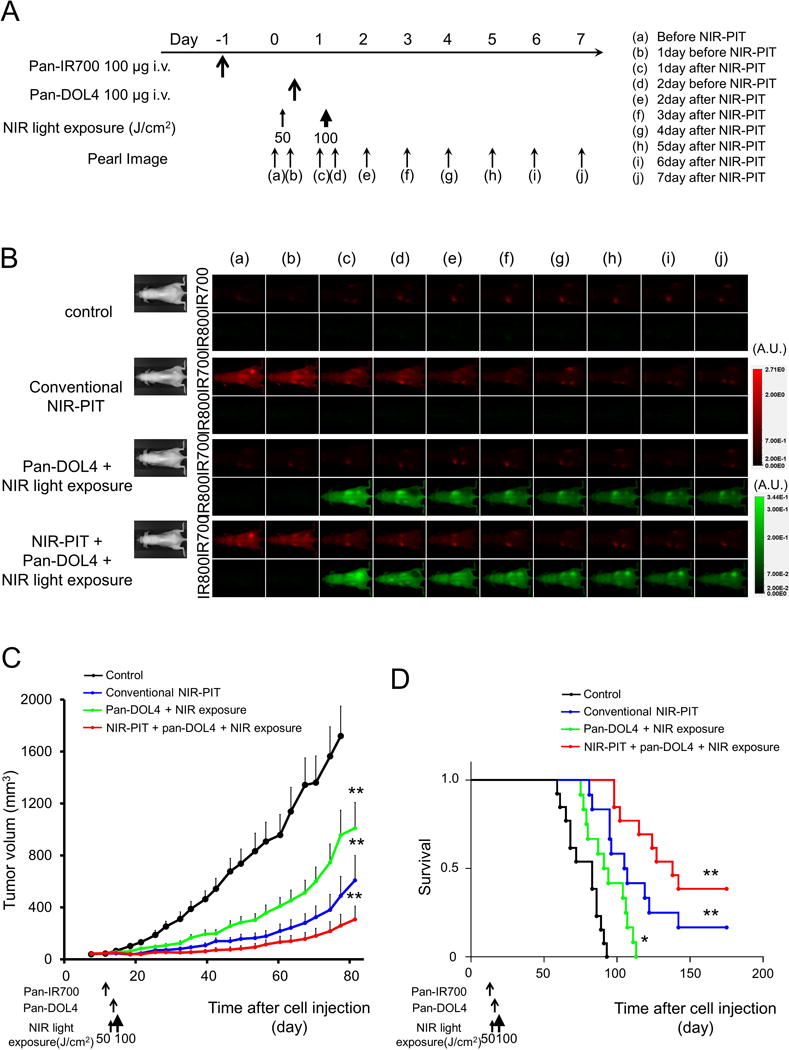Figure 4. In vivo treatment effect of combination therapy with NIR-PIT and NIR-release.

(A) Therapeutic regimen. Fluorescence images were obtained at each time point as indicated. (B) In vivo fluorescence real-time images of tumor bearing mice in response to treatment. The tumor treated by NIR-PIT showed decreasing 700 nm fluorescence signal after NIR-PIT. One day after injection of CyEt-Pan-Duo, the tumors in NIR-PIT + NIR-release group showed higher CyEt-Pan-Duo fluorescence intensity than did the tumor in NIR-release group. Immediately after exposure to 100 J/cm2 of NIR light, tumor CyEt-Pan-Duo fluorescence signal strongly decreased due to photo-release. After photo-release, CyEt-Pan-Duo fluorescence signal gradually increased over the following days in both tumors in NIR-release group and NIR-PIT + NIR-release group. The re-accumulation of CyEt-Pan-Duo was strongly shown in NIR-PIT + NIR-release tumor compared with NIR-release tumor. (C) Tumor growth was significantly inhibited in all treatment groups compared with the control group (n ≧ 10, **, p < 0.001, by Tukey’s test with ANOVA). Tumor growth of NIR-PIT + NIR-release group was also significantly improved compared with NIR-release only group (*, p < 0.05, by Tukey’s test with ANOVA). (D) Significantly prolonged survival was observed in all treatment groups compared with control group (n ≧ 10, *, p < 0.05 for NIR-release group, **, p < 0.01 for NIR-PIT group and NIR-PIT + NIR-release group, by Tukey’s test with ANOVA). Survival of NIR-PIT group was significantly improved compared with NIR-release only group (***, p < 0.01, by Gehan-Breslow-Wilcoxon test). Furthermore, significantly prolonged survival was also achieved in NIR-PIT + NIR-release group compared with NIR-PIT group (****, p < 0.05, by Gehan-Breslow-Wilcoxon test).
